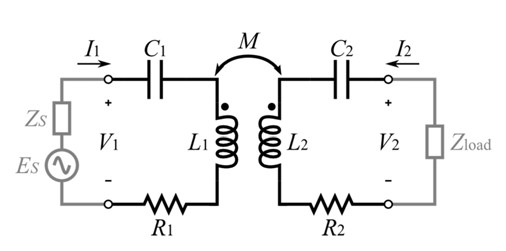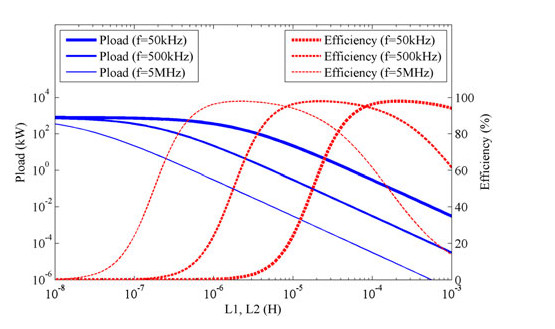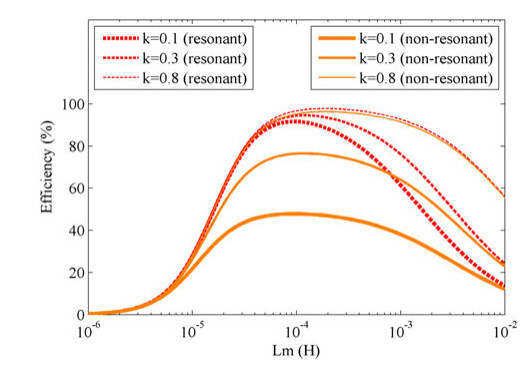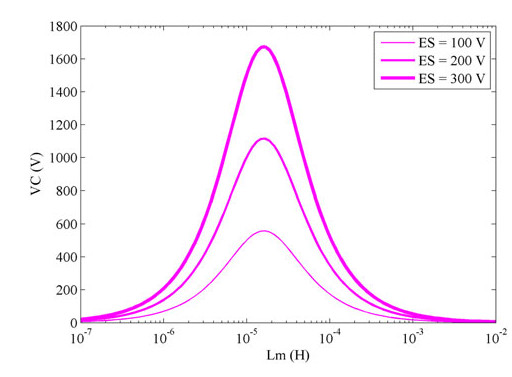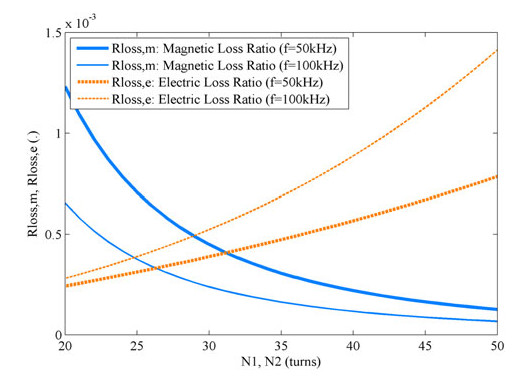State-of-the-art of contactless energy transfer (CET) systems: design rules and applications
-
1.
Department of Electric and Information Engineering, University of Bologna, Bologna, Italy
-
2.
IMA Industries Srl, Ozzano dell'Emilia, Bologna, Italy
More Information
-
Author Bio:
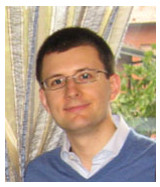 Riccardo Trevisan
Riccardo Trevisan was born in Bologna, Italy, in 1987. He received his B.Sc. and M.Sc. degrees in Electronics Engineering from the University of Bologna, Bologna, Italy, in 2009 and 2012, respectively. He is currently working toward the Ph.D. degree in Electronics, Telecommunications, and Information Technologies at the University of Bologna and IMA Industries, Italy, where he is full-time employed as a Ph.D. student. His main areas of interests include contactless energy transfer systems, wireless information transfer links, and power electronics oriented to industrial applications.
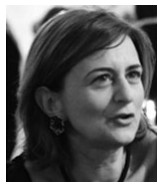 Alessandra Costanzo
Alessandra Costanzo received a Doctoral degree in Electrical Engineering (magna cum laude) from the University of Bologna, Italy. Since 2001, she has been an Associate Professor of Electromagnetic fields at the University of Bologna, Polo di Cesena. She has co-authored more than 130 scientific publications on peer reviewed International Journals and conferences and three chapter books. She holds three international patents. Her research activities have focused on several topics such as: electro-thermal characterization and modeling of RF/microwave nonlinear devices; simulation and design of active microwave-integrated circuits; broadband design of self-oscillating circuits and systems for electrical, stability, and noise performance. More recently, Professor Costanzo has worked on an innovative software platform for the nonlinear and electromagnetic co-simulation of RF systems, excited by modulated sources. She has demonstrated the circuit-level analysis of entire MIMO and UWB links, including realistic channel models. She is currently involved in the development of energy autonomous sensors based on wearable systems and energy-harvesting technologies and in the development of wireless power transfer systems. Many are her research and industrial collaborations that have conducted to significant funding sources from both institutional and private investors. She is a member of the management committee of the recently approved EU COST action WiPE "Wireless power transfer for sustainable electronics". She is a member of the TPC board of the MTT-S IMS and of the EUMW and of the steering committee of the 2014 EUMW, which will be held in Italy. She is the Vice Chair of IEEE MTT-S TC-26 Wireless Energy Transfer and Conversion and member of IEEE MTT-S TC-24 RFID Technologies. She serves at the Editorial Board of many International Journals, such as IEEE-T-MTT, IEEE-T-CAD, IEEE MWGL, and IJMWT. She is an executive editor of the Cambridge University Press Wireless Power Transfer Journal
-
Corresponding author:
R. Trevisan Email: riccardo.trevisan2@unibo.it
-
Abstract
This paper is dedicated to the extensive review of state-of-the-art contactless energy transfer (CET) systems that are gaining increasing interest in the automatic machinery industries. We first introduce the circuit equivalent networks considered in the literature, and discuss the main operating principles. Possible circuital resonant solutions are also discussed together with the required compensating networks. Then we focus on the problem of transferring, at the maximum efficiency, high-power levels (of the order of 1 kW or higher), showing that highly coupled inductive links are needed, requiring to refrain from the resonance condition. These systems are usually referred to as CET systems, since the link distances are negligible with respect to the coils dimensions. The operating frequencies are of the order of tens to hundreds of kilohertz. The fundamental figures of merit are analytically defined and used to measure the actual limitations involved in this class of systems, including aspects related to realization feasibility with respect to voltages and currents limitations. Finally, state-of-the-art CET works are surveyed, and realistic applications for different operating frequencies are considered and critically compared.
-
About this article
Cite this article
Trevisan R, Costanzo A. 2014. State-of-the-art of contactless energy transfer (CET) systems: design rules and applications. Wireless Power Transfer 1(1): 10-20 doi: 10.1017/wpt.2014.2
|
Trevisan R, Costanzo A. 2014. State-of-the-art of contactless energy transfer (CET) systems: design rules and applications. Wireless Power Transfer 1(1): 10-20 doi: 10.1017/wpt.2014.2
|









 Riccardo Trevisan was born in Bologna, Italy, in 1987. He received his B.Sc. and M.Sc. degrees in Electronics Engineering from the University of Bologna, Bologna, Italy, in 2009 and 2012, respectively. He is currently working toward the Ph.D. degree in Electronics, Telecommunications, and Information Technologies at the University of Bologna and IMA Industries, Italy, where he is full-time employed as a Ph.D. student. His main areas of interests include contactless energy transfer systems, wireless information transfer links, and power electronics oriented to industrial applications.
Riccardo Trevisan was born in Bologna, Italy, in 1987. He received his B.Sc. and M.Sc. degrees in Electronics Engineering from the University of Bologna, Bologna, Italy, in 2009 and 2012, respectively. He is currently working toward the Ph.D. degree in Electronics, Telecommunications, and Information Technologies at the University of Bologna and IMA Industries, Italy, where he is full-time employed as a Ph.D. student. His main areas of interests include contactless energy transfer systems, wireless information transfer links, and power electronics oriented to industrial applications.  Alessandra Costanzo received a Doctoral degree in Electrical Engineering (magna cum laude) from the University of Bologna, Italy. Since 2001, she has been an Associate Professor of Electromagnetic fields at the University of Bologna, Polo di Cesena. She has co-authored more than 130 scientific publications on peer reviewed International Journals and conferences and three chapter books. She holds three international patents. Her research activities have focused on several topics such as: electro-thermal characterization and modeling of RF/microwave nonlinear devices; simulation and design of active microwave-integrated circuits; broadband design of self-oscillating circuits and systems for electrical, stability, and noise performance. More recently, Professor Costanzo has worked on an innovative software platform for the nonlinear and electromagnetic co-simulation of RF systems, excited by modulated sources. She has demonstrated the circuit-level analysis of entire MIMO and UWB links, including realistic channel models. She is currently involved in the development of energy autonomous sensors based on wearable systems and energy-harvesting technologies and in the development of wireless power transfer systems. Many are her research and industrial collaborations that have conducted to significant funding sources from both institutional and private investors. She is a member of the management committee of the recently approved EU COST action WiPE "Wireless power transfer for sustainable electronics". She is a member of the TPC board of the MTT-S IMS and of the EUMW and of the steering committee of the 2014 EUMW, which will be held in Italy. She is the Vice Chair of IEEE MTT-S TC-26 Wireless Energy Transfer and Conversion and member of IEEE MTT-S TC-24 RFID Technologies. She serves at the Editorial Board of many International Journals, such as IEEE-T-MTT, IEEE-T-CAD, IEEE MWGL, and IJMWT. She is an executive editor of the Cambridge University Press Wireless Power Transfer Journal
Alessandra Costanzo received a Doctoral degree in Electrical Engineering (magna cum laude) from the University of Bologna, Italy. Since 2001, she has been an Associate Professor of Electromagnetic fields at the University of Bologna, Polo di Cesena. She has co-authored more than 130 scientific publications on peer reviewed International Journals and conferences and three chapter books. She holds three international patents. Her research activities have focused on several topics such as: electro-thermal characterization and modeling of RF/microwave nonlinear devices; simulation and design of active microwave-integrated circuits; broadband design of self-oscillating circuits and systems for electrical, stability, and noise performance. More recently, Professor Costanzo has worked on an innovative software platform for the nonlinear and electromagnetic co-simulation of RF systems, excited by modulated sources. She has demonstrated the circuit-level analysis of entire MIMO and UWB links, including realistic channel models. She is currently involved in the development of energy autonomous sensors based on wearable systems and energy-harvesting technologies and in the development of wireless power transfer systems. Many are her research and industrial collaborations that have conducted to significant funding sources from both institutional and private investors. She is a member of the management committee of the recently approved EU COST action WiPE "Wireless power transfer for sustainable electronics". She is a member of the TPC board of the MTT-S IMS and of the EUMW and of the steering committee of the 2014 EUMW, which will be held in Italy. She is the Vice Chair of IEEE MTT-S TC-26 Wireless Energy Transfer and Conversion and member of IEEE MTT-S TC-24 RFID Technologies. She serves at the Editorial Board of many International Journals, such as IEEE-T-MTT, IEEE-T-CAD, IEEE MWGL, and IJMWT. She is an executive editor of the Cambridge University Press Wireless Power Transfer Journal 


